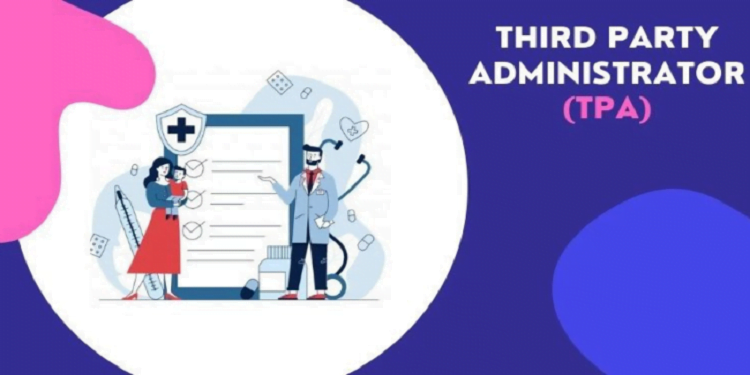Third Party Administration in India and its Growing Popularity

Introduction
In recent years, Third Party Administration (TPA) has gained significant popularity in India’s healthcare industry. With the increasing complexities in managing healthcare services, TPAs have emerged as a reliable and efficient solution for both insurance companies and policyholders. This blog post explores the concept of Third Party Administration in India and its growing popularity.
What is Third Party Administration?
Third Party Administration is a service provided by specialized companies to manage various aspects of insurance claims and policy administration on behalf of insurance companies. TPAs act as intermediaries between insurance providers, policyholders, and healthcare service providers. They streamline the entire process, ensuring smooth communication, efficient claim settlement, and cost-effective healthcare services.
The Role of TPAs in India’s Healthcare Industry
In India, the healthcare industry is witnessing a rapid growth, and with it comes the need for effective management of insurance claims and policy administration. TPAs play a crucial role in this regard by offering a range of services, including:
- Policy enrollment and maintenance
- Claim processing and settlement
- Provider network management
- Customer support and grievance redressal
- Medical audits and fraud prevention
- Data management and analytics
By outsourcing these tasks to TPAs, insurance companies can focus on their core business while ensuring efficient and streamlined operations.
Benefits of Third Party Administration
The growing popularity of TPAs in India can be attributed to the numerous benefits they offer to all stakeholders involved:
For Insurance Companies:
- Reduced administrative burden: TPAs handle the entire claims process, from enrollment to settlement, relieving insurance companies of administrative tasks.
- Cost savings: By leveraging the expertise and economies of scale of TPAs, insurance companies can reduce operational costs and improve profitability.
- Enhanced customer satisfaction: TPAs provide efficient and timely services, ensuring a seamless experience for policyholders and improving overall customer satisfaction.
For Policyholders:
- Convenience: TPAs simplify the claims process, making it easier for policyholders to avail healthcare services and get their claims settled.
- Access to a wide network of healthcare providers: TPAs maintain a vast network of empaneled hospitals and healthcare professionals, ensuring policyholders have access to quality healthcare services.
- Transparency and accountability: TPAs bring transparency to the claims process, providing policyholders with clear information about coverage, claim status, and settlement.
For Healthcare Service Providers:
- Streamlined processes: TPAs streamline the interaction between healthcare service providers and insurance companies, reducing paperwork and improving efficiency.
- Timely payments: TPAs ensure prompt settlement of claims, ensuring healthcare service providers receive their payments on time.
- Reduced administrative burden: By outsourcing claim processing and settlement to TPAs, healthcare service providers can focus on delivering quality care to patients.
The Future of TPAs in India
As the Indian healthcare industry continues to grow, the demand for efficient and streamlined insurance services will only increase. TPAs are well-positioned to meet this demand by leveraging technology, data analytics, and customer-centric approaches. With the introduction of innovative services such as telemedicine and cashless claims, TPAs are poised to play an even more significant role in the future.
Conclusion
Third Party Administration has emerged as a game-changer in India’s healthcare industry. By providing efficient and reliable services, TPAs have gained popularity among insurance companies, policyholders, and healthcare service providers. As the industry evolves, TPAs will continue to play a crucial role in ensuring seamless insurance services and improved healthcare outcomes for all stakeholders involved.